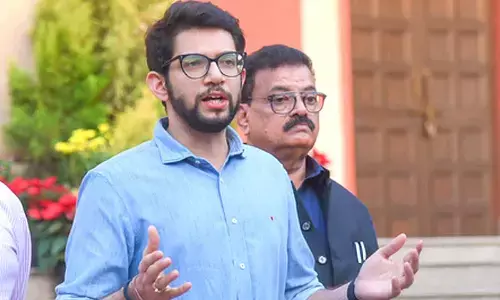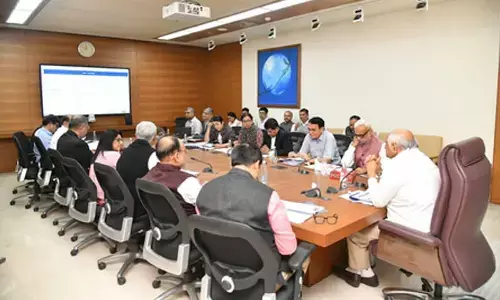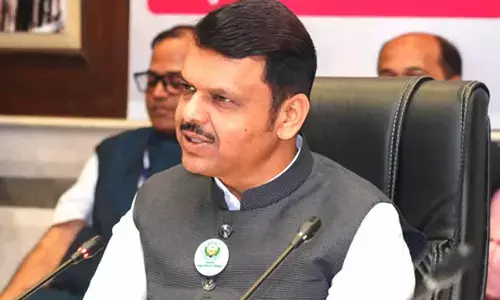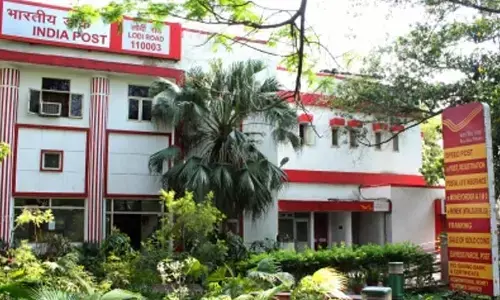Low renumeration, cheap replicas threat to Odisha's Sambalpuri weavers
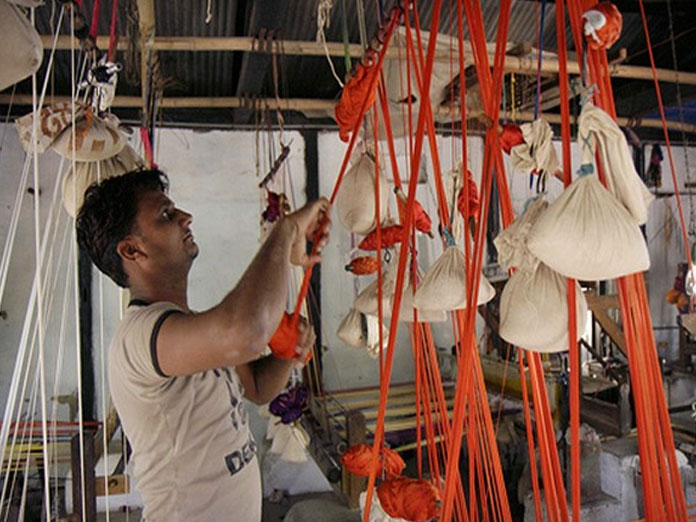
Handloom weavers from Odisha who bring out the exquisite Sambalpuri saree are struggling to make ends meet as cheaper fake replicas flood the market and pose a threat to their livelihood Additionally, these weavers face an uphill task with a lack of adequate remuneration, skill development training and an absence of patronage
Handloom weavers from Odisha who bring out the exquisite Sambalpuri saree are struggling to make ends meet as cheaper fake replicas flood the market and pose a threat to their livelihood. Additionally, these weavers face an uphill task with a lack of adequate remuneration, skill development training and an absence of patronage.
The traditional saree woven on handlooms, and typically featuring motifs like the conch shell and the spinning wheel and flowers created with the complex Ikat technique was given the Geographical Indication (GI) tag in 2010. The tag offers protection to weavers practicing the art.
"We need at least four to five days of weaving from dawn to dusk to complete one Sambalpuri saree. Two or three people are engaged in the weaving . But we don't get enough remuneration for our customized work, that's why so many weavers are leaving this work," said Kageshwar Mehir, a weaver from Kushta Pada area of Sambalpur in Odisha.
Many families who are engaged in the hand-woven saree business for generations, have been forced to give up their art and look for other jobs, the weaver said.
"There were around 100 families in the area who were weaving the Sanbalpuri saree but today there are only a few left because It is difficult to manage a family along with children with this profession," said Mehir.
The other big challenge facing weavers is the large scale replication of Sambalpuri saree designs.
Parvati Mehir a shop owner in Sambalpur said, "Today this traditional handloom (Sambalpuri saree) is in its dark phase because people are replicating designs illegally and selling them in the market at a low cost. The market now is full of such replicated sarees. An original saree costs Rs 3,000 but duplicate sarees with the same designs are available in the market for only Rs 300. Why would people purchase a saree for Rs 3000 when they can get it cheaper? They also are not aware of the difference between an original and a duplicate."
A written complaint was filed last year regarding the fake Sambalpuri sarees and subsequently, a letter was sent to the Textile and Handloom department.









